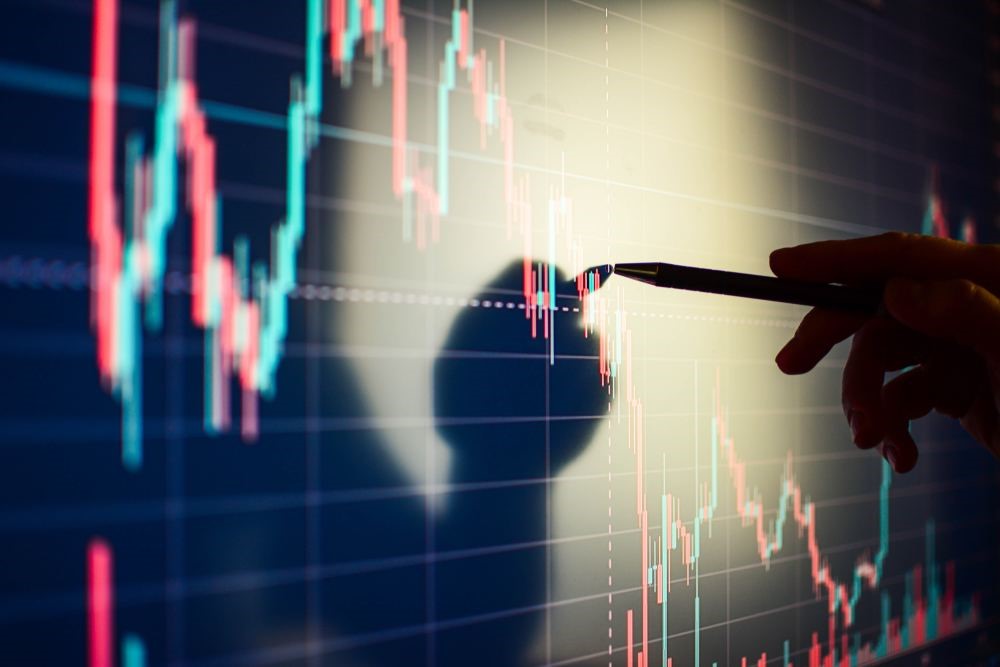Gold continues to serve as a safe haven for investors, reaching new all-time highs against the dollar this week. Concurrently, copper draws significant attention in the commodities market due to the AI boom and green energy initiatives.
Copper prices are set to surpass their 2022 highs, driven by aging mines and a lag in new projects. Coupled with persistent inflation in major economies like the US and EU, copper’s role is becoming increasingly critical, marking it as a key commodity to watch in 2024.
Copper is often seen as an indicator of global economic health due to its extensive use across various crucial industries, including the manufacturing of electric vehicles (EVs), power grids, and wind turbines. This positions it as a cornerstone of the shift towards more sustainable energy sources.
The growing demand and shrinking supply
The AI revolution is accelerating the need for significant infrastructure enhancements, particularly in data centers expected to use about a million metric tons of copper by 2030. The expanding EV sector further intensifies this demand, with copper being essential for batteries and charging stations. This year, the copper deficit could hit 35,000 tons, with projections indicating a potential increase to 100,000 tons by 2025.
Michael Widmer, a Bank of America analyst, points out that the lack of new mine projects is becoming an increasingly pressing issue for the copper industry.
Global recognition of Copper’s strategic importance
In response to copper’s escalating strategic value, the US government established the Minerals Security Partnership (MSP) in 2022, now comprising 14 countries including the US, Canada, Australia, Estonia, Japan, South Korea, Sweden, and the EU. The MSP focuses on advancing critical minerals projects that adhere to ESG standards.
Recently, the MSP facilitated a memorandum of understanding between the Democratic Republic of Congo’s Gecamines and the Japan Organization for Metals and Energy Security, aimed at enhancing mineral cooperation in the Lobito Corridor—a key copper-producing area.
Geopolitical tensions and supply chain risks
Chile, home to the world’s largest copper reserves, faces hurdles like rising operational costs and aging infrastructure.
On the other hand, China, the leading consumer and producer of copper, risks production disruptions due to economic instabilities.
Furthermore, strategic production cuts by China and its dominance in rare earth processing add layers of complexity to the copper supply chain.
The recent discovery of China importing Russian copper under the guise of scrap metal further distorts global supply data and diminishes Western influence over the copper markets.
Recent market dynamics and analysis
Copper prices on the London Metal Exchange (LME) saw upward momentum in the first quarter of the year on the back of tightening supply and increasing demand from the energy transition.

Copper has seen strong gains, reaching a quarterly high of US$8,973 on March 18. With increasing market volatility since the start of April, prices continued trending up to reach US$9,365 on April 10.
Copper’s price uptick in March was notably influenced by the loss of the Cobre Panama mine operated by First Quantum Minerals, alongside guidance cuts from Anglo-American and consistent declines at Chile’s Chuquicamata mine. These factors collectively tightened concentrate supply, adding to the upward pressure on copper prices.
As copper prices ascend and financial forecasts project continued growth, the commodity market stands at the crossroads of opportunity and uncertainty.
The trajectory of copper prices will likely serve as a significant indicator of broader economic trends, with the red metal expected to see higher demand from renewable electricity generation, electric vehicle production, and increasing infrastructure needs.
However, now that more governments are labeling copper a critical mineral, there’s hope that bottlenecks in supply may lessen and new projects may be able to make progress.
Disclaimer: The content on this site should not be considered investment advice. Investing is speculative. When investing, your capital is at risk








